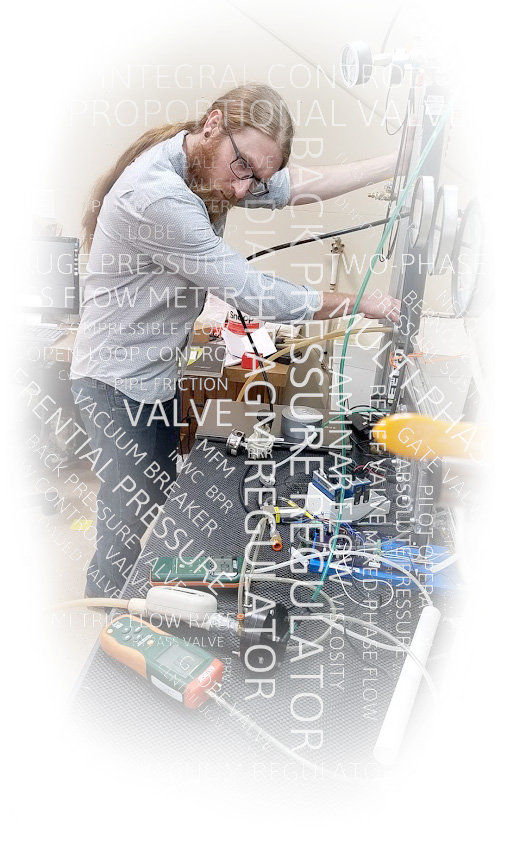In fluid control systems, flow and pressure are related but distinct. Flow is movement of fluids while pressure is force. A flow control valve controls the volume of fluid flowing through it while a pressure control valve controls the amount of force. In the simplest of scenarios, flow rate is set by changing the size of the orifice of a traditional flow control valve. For more challenging applications, traditional flow control valves do not always work and alternatives are sometimes required. See the Equilibar flow control page for more information about innovative flow control valves.



